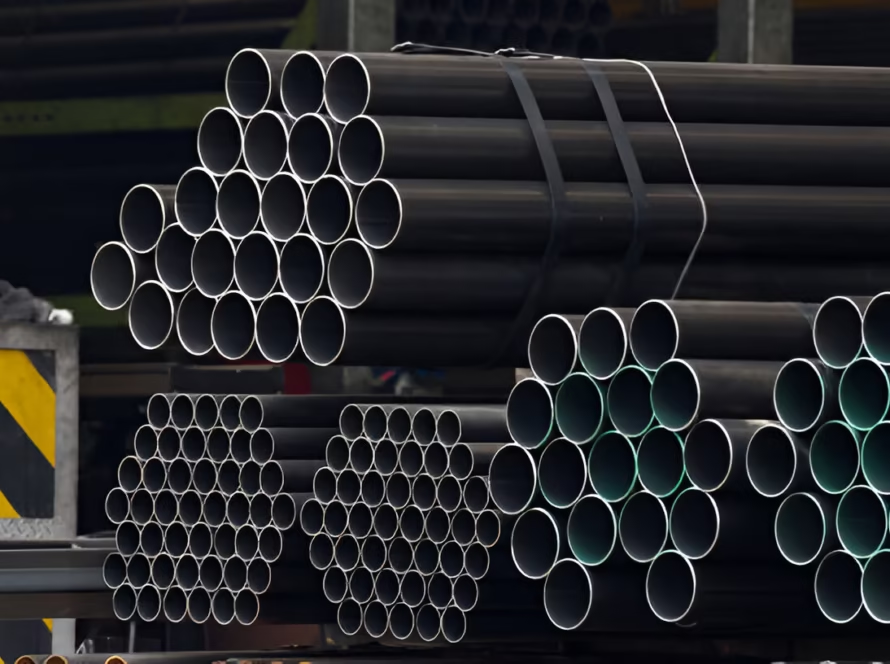What Is The Difference Between Galvanized And Hot Dipped Galvanized?
Galvanization is a process used to protect steel and iron from rusting by coating them with a layer of zinc. This process is crucial in industries where metal components are exposed to harsh environmental conditions. Among the various methods of galvanization, two common techniques are regular galvanization and hot-dip galvanization. Understanding the differences between these methods is essential for selecting the appropriate material for specific applications, such as in the case of a hot dip galvanized pipe.
1. What Are The Processes Involved In Galvanization And Hot-Dip Galvanization?
Galvanization generally refers to the process of applying a protective zinc coating to steel or iron, primarily to prevent rusting. This can be achieved through several methods, including electro-galvanization, where an electric current is used to apply the zinc coating.
Hot-Dip Galvanization, on the other hand, involves immersing the metal into a bath of molten zinc. This process ensures a thicker and more robust coating compared to other galvanization methods. The hot-dip method results in a metallurgical bond between the zinc and the underlying metal, providing superior corrosion resistance.
2. How Do The Coating Thickness And Durability Compare?
The thickness of the zinc coating is a critical factor in determining the durability and longevity of the galvanized product.
-
Regular Galvanization: The coating thickness can vary depending on the method used, but it is generally thinner than that achieved through hot-dip galvanization. This can result in less durability and a shorter lifespan when exposed to harsh environments.
-
Hot-Dip Galvanization: This method typically produces a thicker zinc coating, often ranging from 50 to 150 microns. The thicker coating provides enhanced protection against corrosion, making hot dip galvanized pipes and other components ideal for outdoor and industrial applications.
3. What Are The Applications And Benefits Of Each Method?
Regular Galvanization is often used for smaller components or where a thinner coating is sufficient. It is suitable for indoor applications or environments with minimal exposure to corrosive elements. The process is generally quicker and can be more cost-effective for certain applications.
Hot-Dip Galvanization is preferred for larger structures and components, such as hot dip galvanized pipes, which are often used in construction, infrastructure, and outdoor settings. The thicker coating offers better protection against environmental factors, making it ideal for use in marine, industrial, and agricultural settings.
Conclusion
In summary, the primary difference between regular galvanization and hot-dip galvanization lies in the process and the resulting coating thickness. Hot-dip galvanization provides a thicker, more durable zinc coating, making it suitable for applications requiring enhanced corrosion resistance, such as hot dip galvanized pipes. Regular galvanization, while less robust, can be more cost-effective and sufficient for less demanding environments. When selecting between the two, consider the specific requirements of your application, including exposure conditions and desired longevity.







1 Comment
Just_A_Reader
This is exactly what I needed to read today.